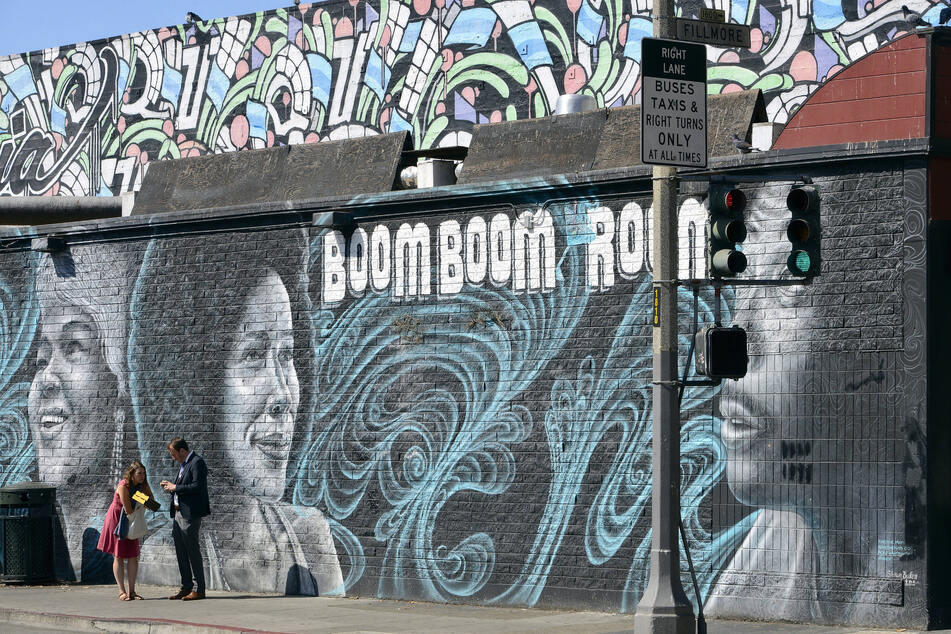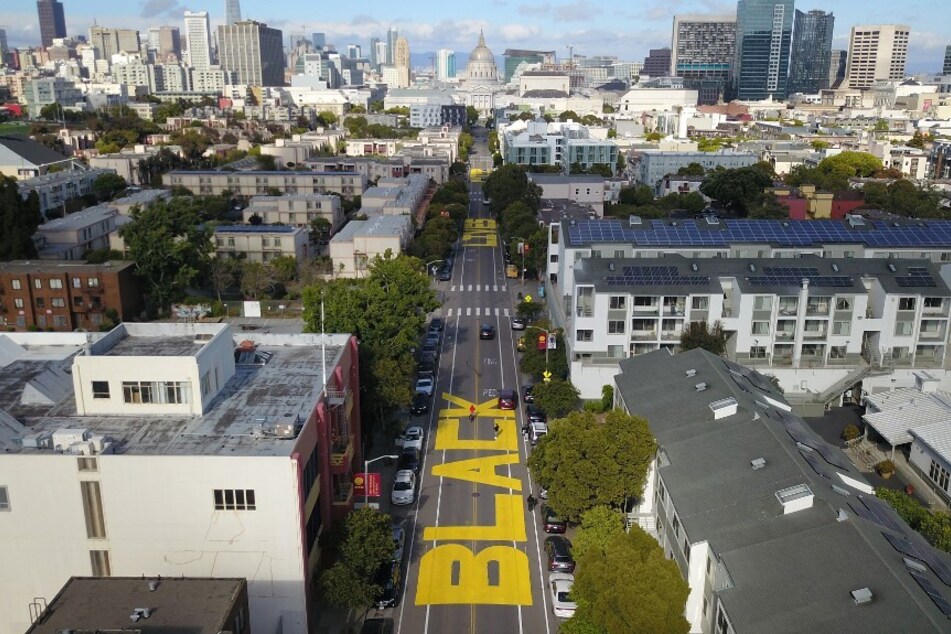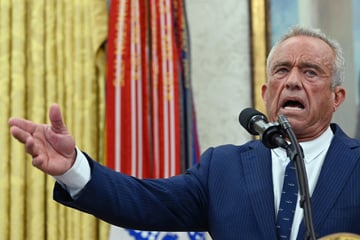San Francisco's bold reparations plan gets a big boost
San Francisco, California - San Francisco's reparations proposal received unanimous support from the Board of Supervisors on Tuesday, setting the stage for one of the greatest reinvestments in Black community life in US history.

San Francisco's legislative body adopted a resolution on Tuesday night accepting a reparations draft plan crafted by the African American Reparations Advisory Committee (AARAC) to acknowledge and atone for the city's ongoing legacy of enslavement and institutional racism.
The proposal – the boldest of any US local task force to date – calls for one-time $5-million payouts to eligible individuals and a guaranteed annual household income of at least $97,000 for 250 years. Tax credits, loan forgiveness programs, and $1 housing options are also part of the equation, as is a mandatory Black History and Culture core curriculum in public schools.
The measures account not only for the city's complicity in the system of enslavement but also in the urban renewal era, when local agencies targeted primarily Black neighborhoods for redevelopment, displacing thousands of residents.
Today, Black San Franciscans constitute less than 6% of the city's population – down from 15-17% just a few decades prior – while making up more than 50% of those incarcerated. Meanwhile, the average income for a Black household in San Francisco is just $31,000 a year compared to over $100,000 for everybody else.
San Francisco African American Reparations Advisory Committee seeks public input

The AARAC's plan containing more than 100 proposals is meant to address the lingering impacts of displacement and disenfranchisement on all aspects of Black life, arguing that because these disparities were made by design, they should also be undone by design.
The included provisions are separate from and in addition to the measures currently under consideration by the California Reparations Task Force – the first state-level commission of its kind.
Though the San Francisco Board of Supervisors has signaled its initial support for the AARAC's draft, that doesn't mean city officials will end up approving all recommendations in the final plan.
Another session to discuss the matter is set for September 19, but it is not clear whether a vote will be held at that time.
The AARAC is currently seeking public input on its draft plan before submitting its final proposal in June.
Update, March 16, 4:30 AM EST: San Francisco NAACP comes out against $5-million payments
Before the hearing on the draft reparations plan, the San Francisco NAACP put out a press release urging the Board of Supervisors to reject the $5-million payments and instead focus on investments in education, economic empowerment (sans the payouts), housing, health care, and the creation of a Fillmore Heritage Center.
"We strongly believe that creating and funding programs that can improve the lives of those who have been impacted by racism and discrimination is the best path forward toward equality and justice," said Rev. Amos Brown, SF NAACP president and a member of the AARAC and California Reparations Task Force.
Other proponents of the reparations plan note that their proposals address these areas as well, and the investments and direct payments do not present an either-or scenario.
Cover photo: IMAGO / Uwe Kraft

